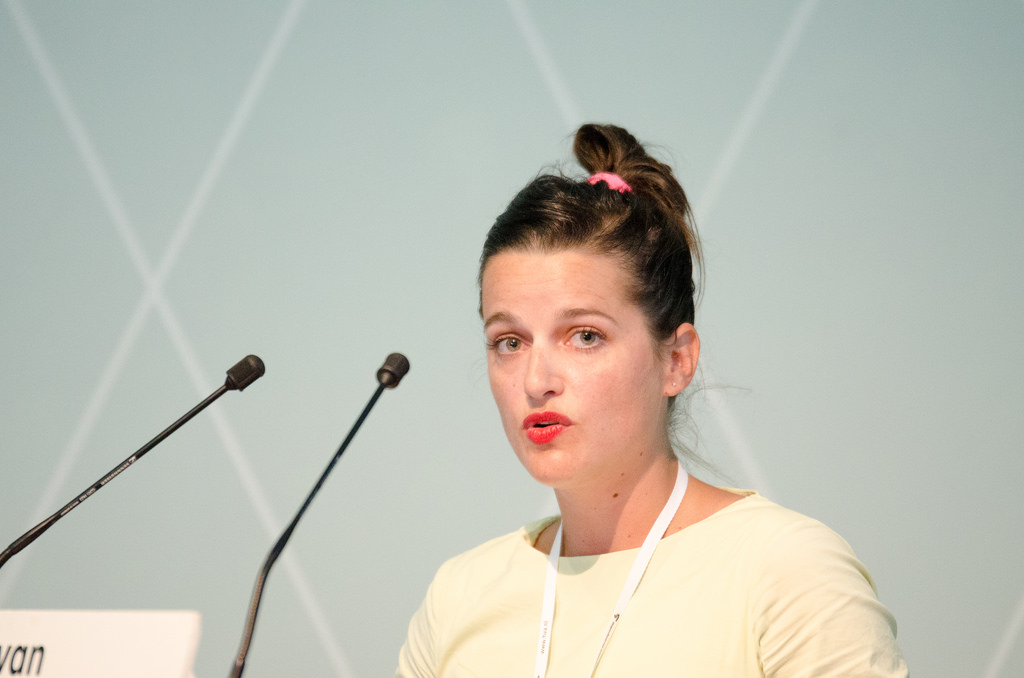The Rotterdam-based graphic designer Loes Sikkes of Medamo, consortium partner of the Digital Publishing Toolkit, presents the Highlights research project on which she worked together with nai010 Publishers and PUNTPIXEL.
Sikkes observed that digital versions of hard copy publications are often not more than that: a digital, oftentimes a PDF format, of the analogue publication. That is, the advantages and possibilities a digital environment has to offer are left unused. How can you avoid resorting to a 1 on 1 translation of an analogue to a digital environment?
The starting point of this research project were the Highlights and Reflections publications of the nai010 publishing house. Highlights is composed of images of the highlights of the collection of Amsterdam’s modern art museum, the Stedelijk Museum, and Reflections is an addition to this photo catalogue and consists of a series of essays on the art pieces. The question was: how could they make use of the advantages e-publishing has to offer, tackle the difficulties, and make it work for the average visitor of the Stedelijk Museum.
The majority of the visitors of the Stedelijk Museum are 50 years and older tourists with smartphones. This is the visitor and the device they had in mind when developing the Highlights Personalizer Application.
The application is optimized for iPhone and iPad and can be used to prepare for a visit to the museum or as a personal reference, a personalized catalogue of your visit to the Museum. Personalizing and filtering are the key aspects of the application. Using the Highlights Personalizer the user can make a selection of his or her personal favorites of the museum’s Highlights. With the Highlights Personalizer the user composes the content, it can decide what kind and how much information is stored. Based on a large amount of content provided by the Stedelijk Museum, the user can make a compilation by means of several selection and filtering criteria and download his personal Highlights with additional information on the artwork or the artist.
The structure of this open source application is usable for all kinds of topics. Data collections containing multiple levels of information can be used. However, there are still some difficulties they need to solve, for example:
- What should be arranged to keep the content up to date and how will it be managed?
- How to deal with the copyrights issues on the used images and information?
Over the next coming months they hope to solve these issues.
You can find a PDF of her original presentation here: Presentation Loes Sikkes



